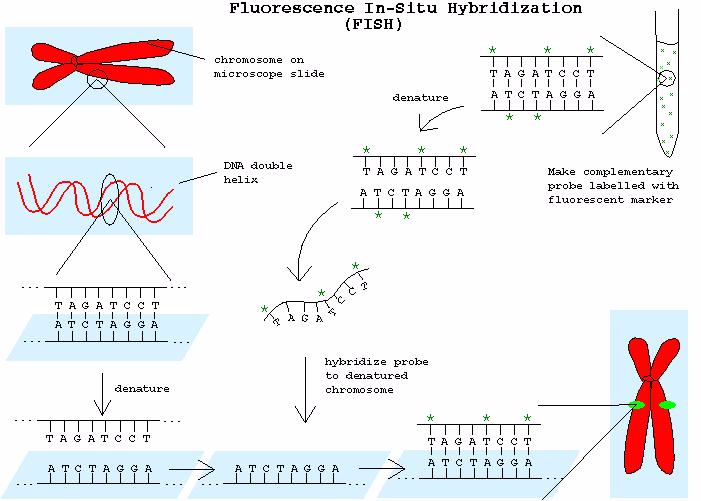
PDGFR-A, PDGFR-B & FGFR1 rearrangement by FISH technique
It’s our pleasure to announce the presence of platelet derived growth factor receptor
alpha (PDGFRA), platelet derived growth factor receptor beta (PDGFRB) & fibroblast
growth factor receptor-1 (FGFR1) rearrangement by FISH technique.
Myeloid and lymphoid neoplasms with eosinophilia and abnormalities of PDGFRA, PDGFRB
and FGFR1, are a group of hematologic neoplasms resulting from the formation of abnormal
fusion genes that encode constitutively activated tyrosine kinases.
These entities are now separated into their own major category in the 2008 World Health
Organization classification of hematolymphoid tumors.
The most common myeloproliferative neoplasms (MPN) showing PDGFRA rearrangements are
those with factor interacting with PAP (FIP1L1)-PDGFRA fusions. These MPNs present as
chronic eosinophilic leukemia (CEL) or, more rarely, as acute myeloid leukemia (AML).
The myeloid neoplasms with PDGFRB rearrangements are characterized by constitutive
activation of the PDGFRB gene product. The activation is most commonly caused by a
t(5;12)(q33;p13) translocation which results in an translocation-Ets-leukemia virus (ETV6)-
PDGFR-B fusion gene.
FGFR1-rearranged hematologic malignancies present with features of myeloproliferative
neoplasms (MPN) and/or acute leukemia (AL).
As these abnormalities are cytogenetically
cryptic, FISH provides a useful tool for the detection of these fusions.
Patients with these fusions have been shown to be responsive to tyrosine kinase inhibitors
(TKIS). Imatinib mesylate (imatinib) is the first-line therapy for patients with abnormalities of
PDGFRA/B, whereas patients with FGFR1 fusions are resistant to this therapy and carry a poor
prognosis.





































